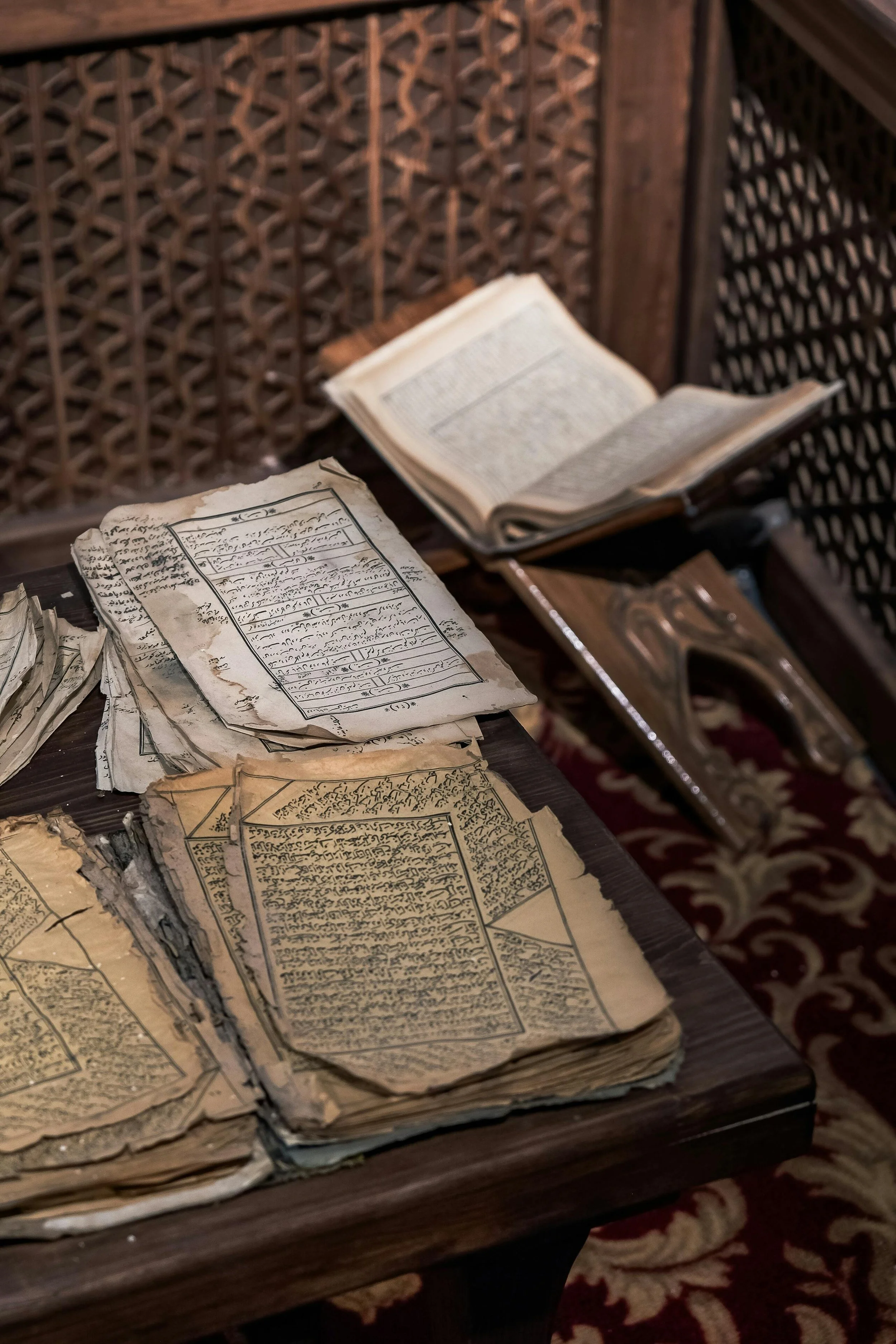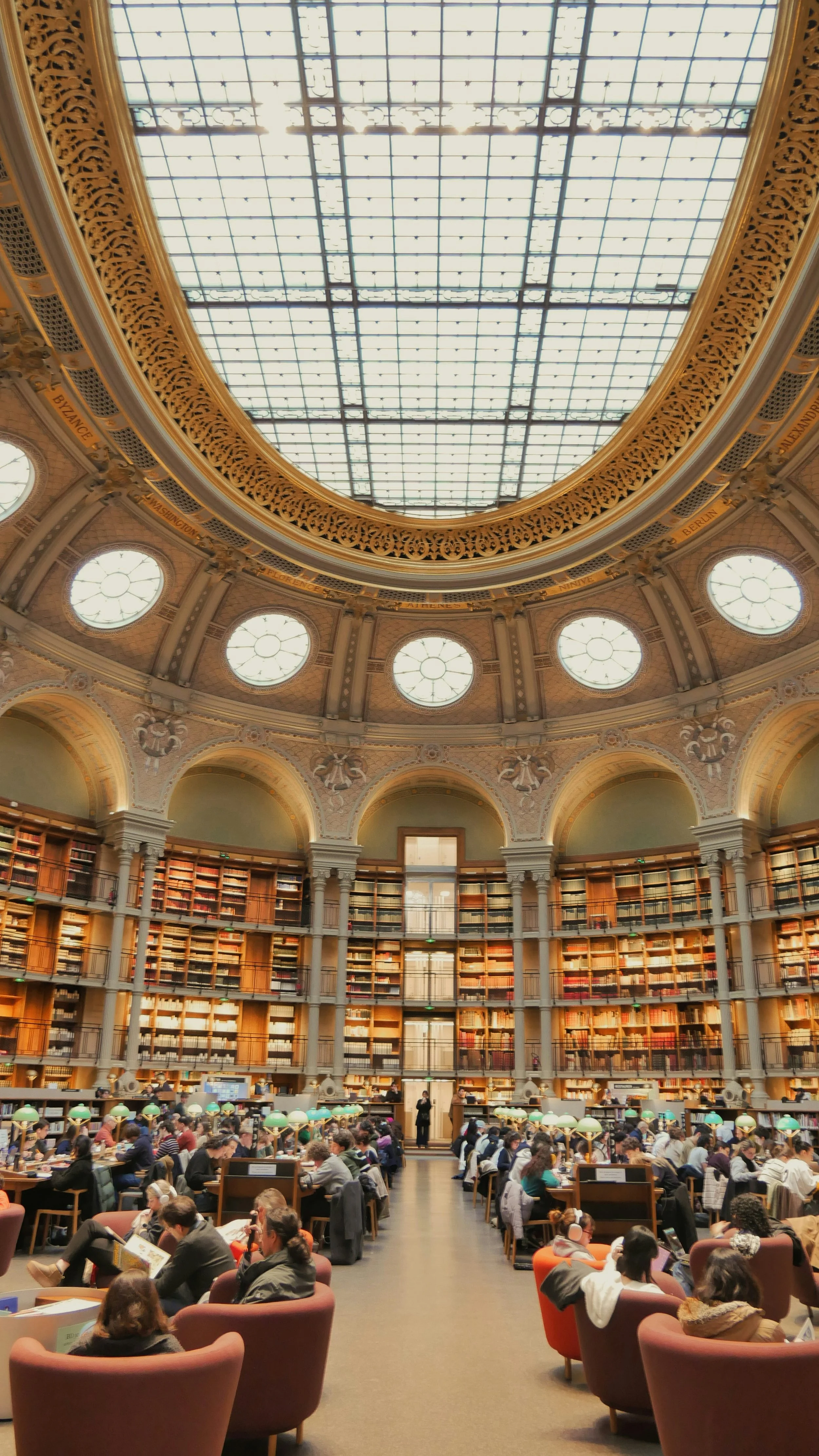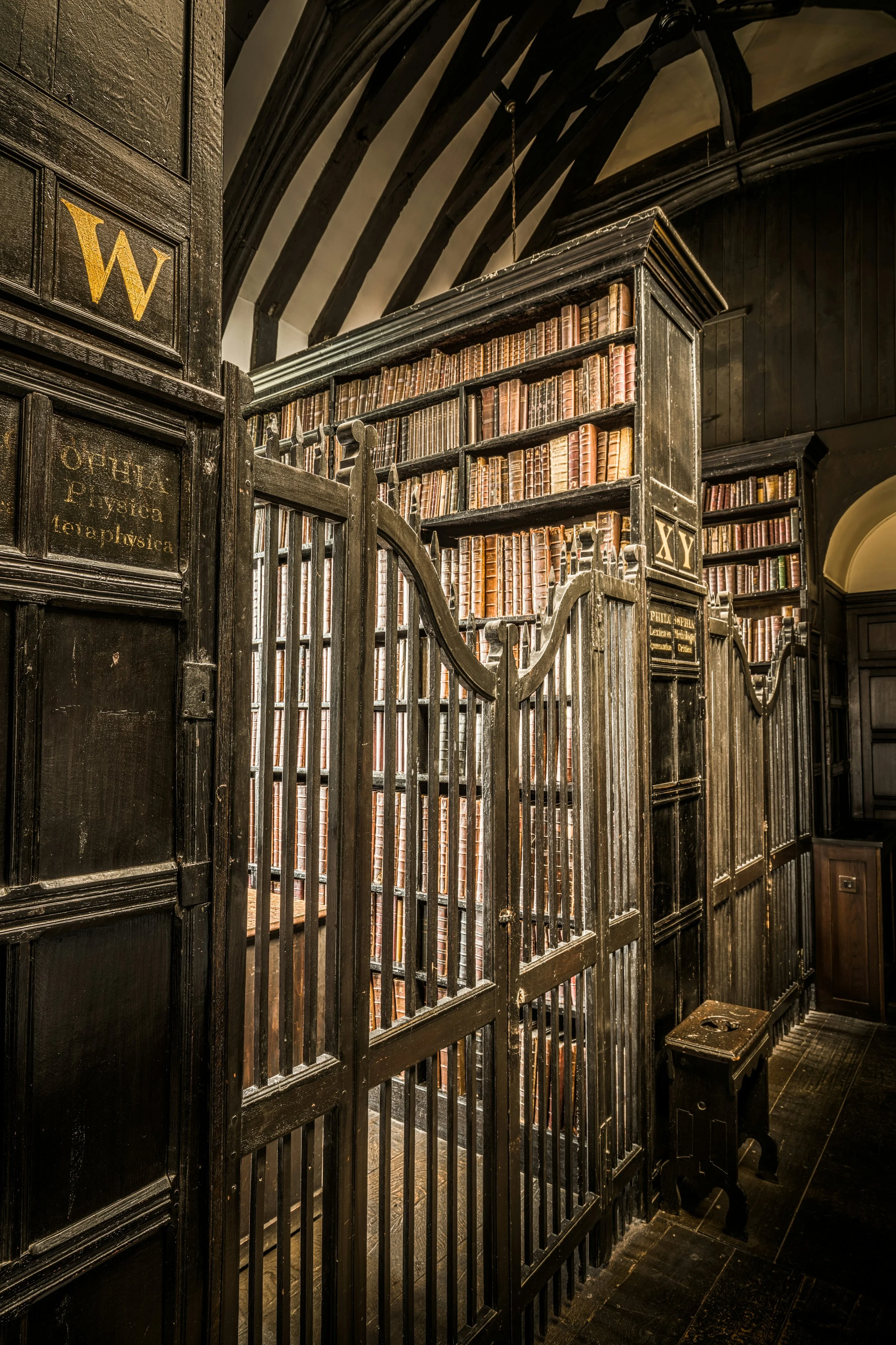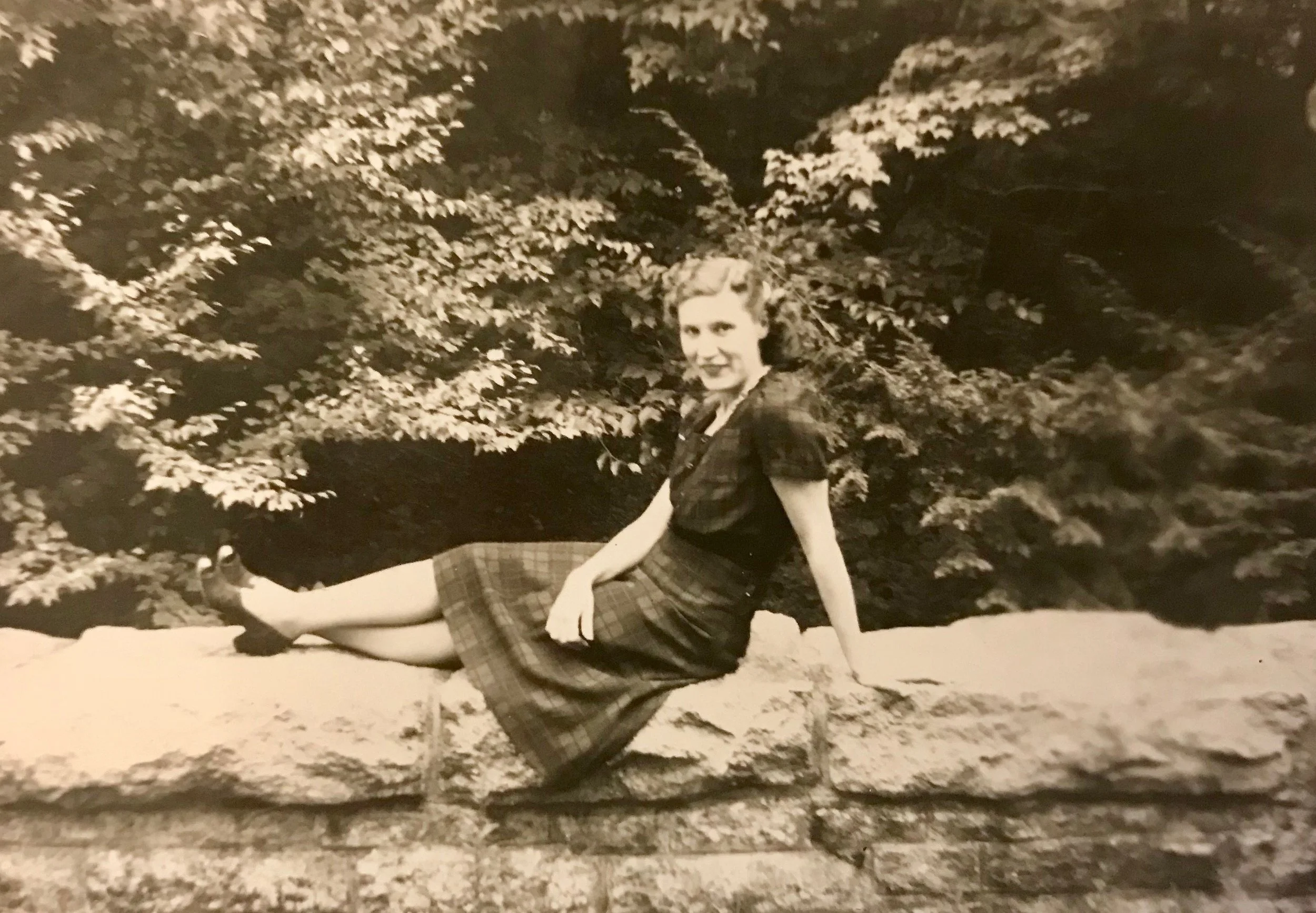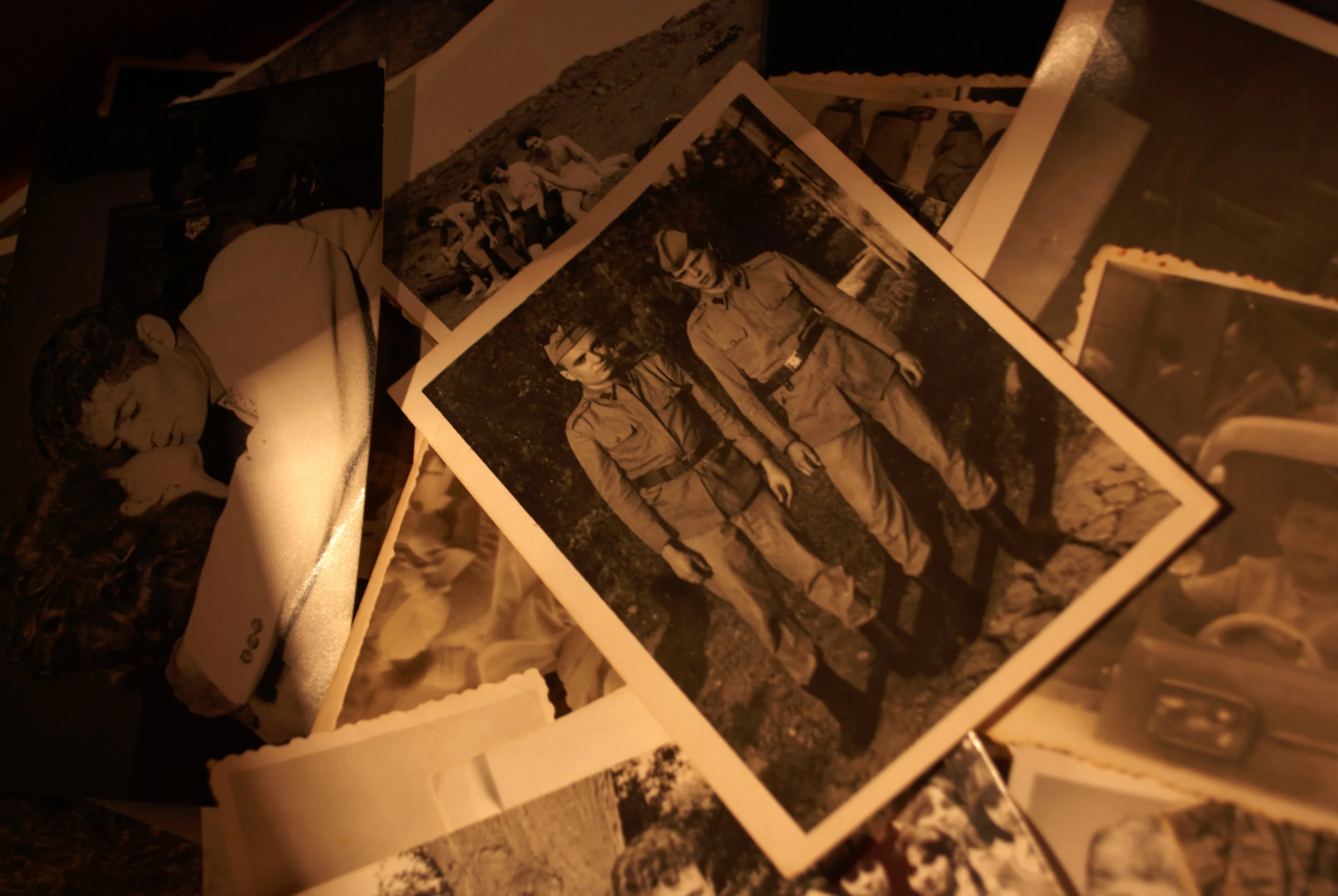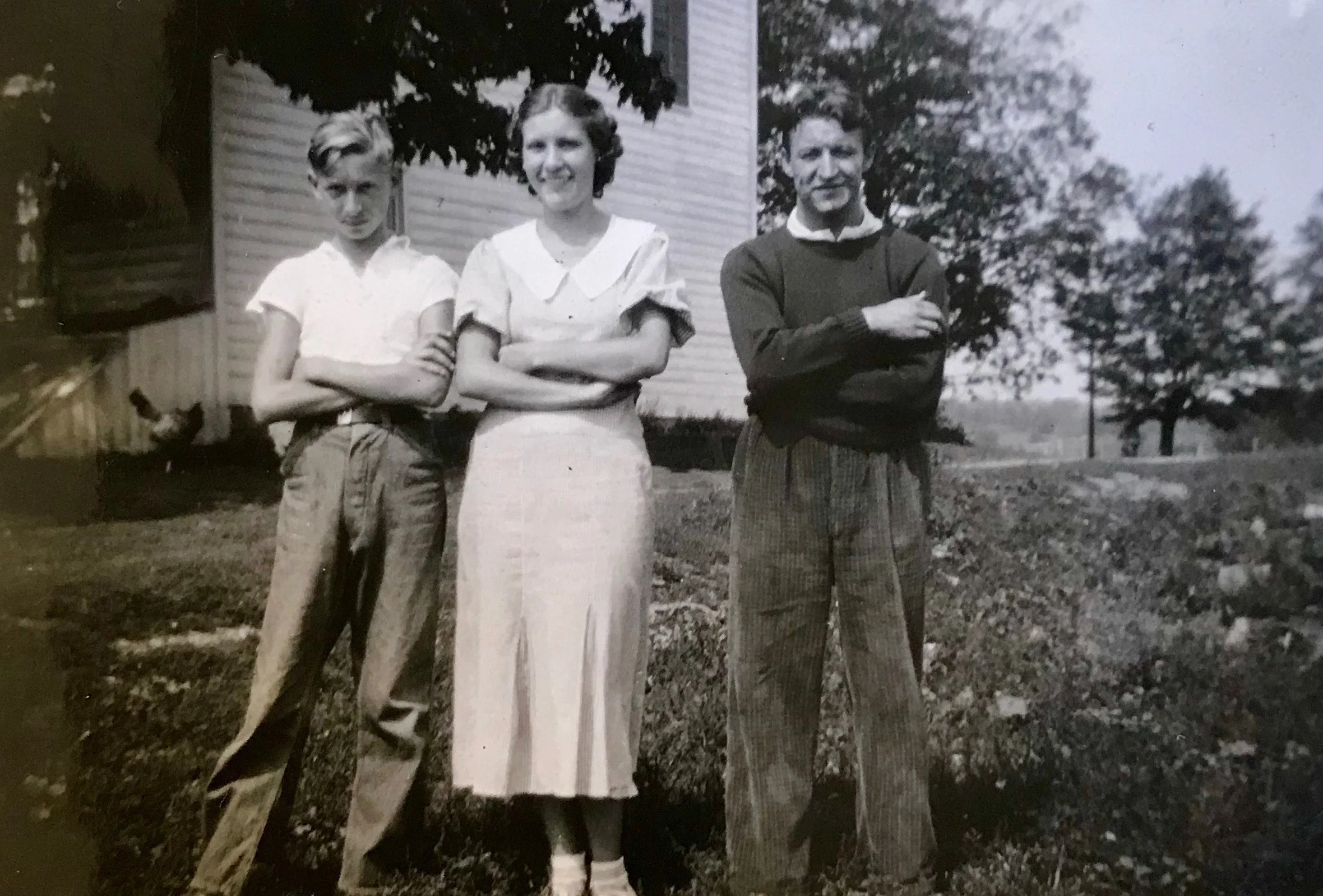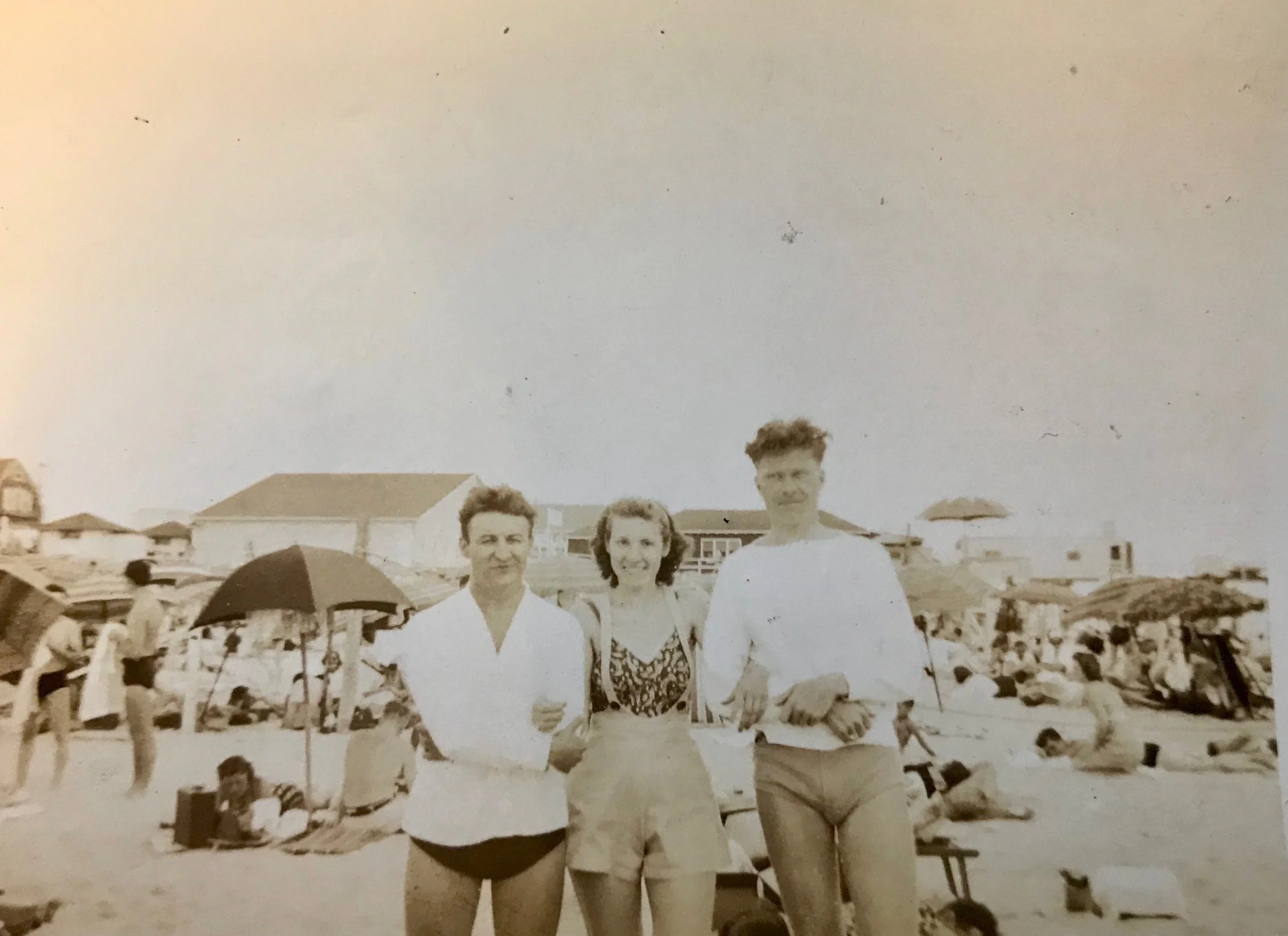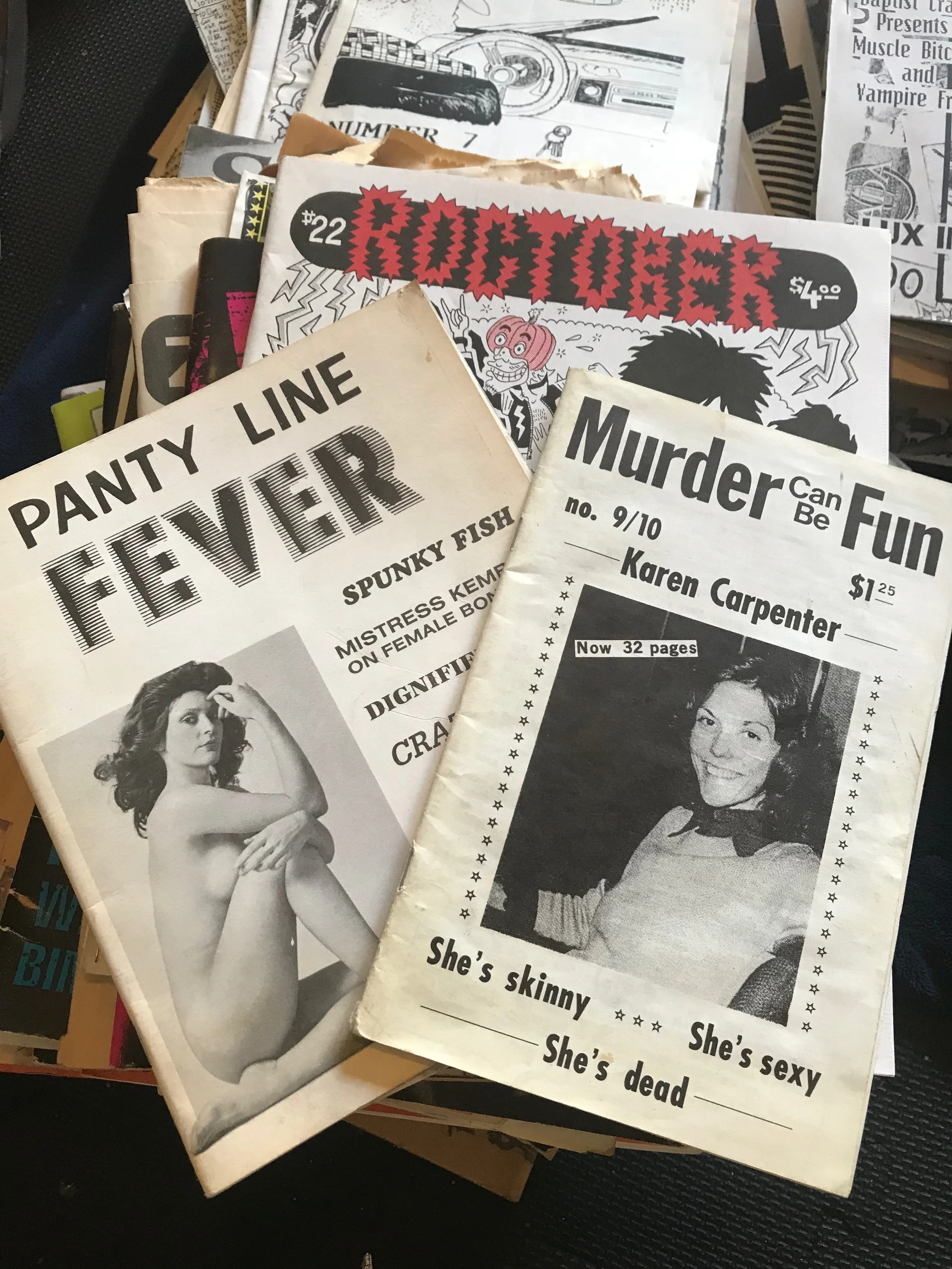I'm continuing my series of scanning, transcribing, and annotating my grandfather's love letters to my grandmother leading up to their marriage in June 1940. The letters are chronologically organized and preserved, using the methods I discuss in detail in my book, Creating Family Archives: How to Preserve Your Papers and Photographs.
In his fourth letter, Grandpa seems to be all business. He's getting used to working in the factory and is looking forward to taking on new projects and learning new skills. He seems a bit distracted by the amount of work that's ahead of him. I think it's his way of saying that he's working very hard and earning as much money as he can. It seems odd that the check would be sent home to his father, but perhaps that was because Grandpa had just gotten settled into his boarding house.
